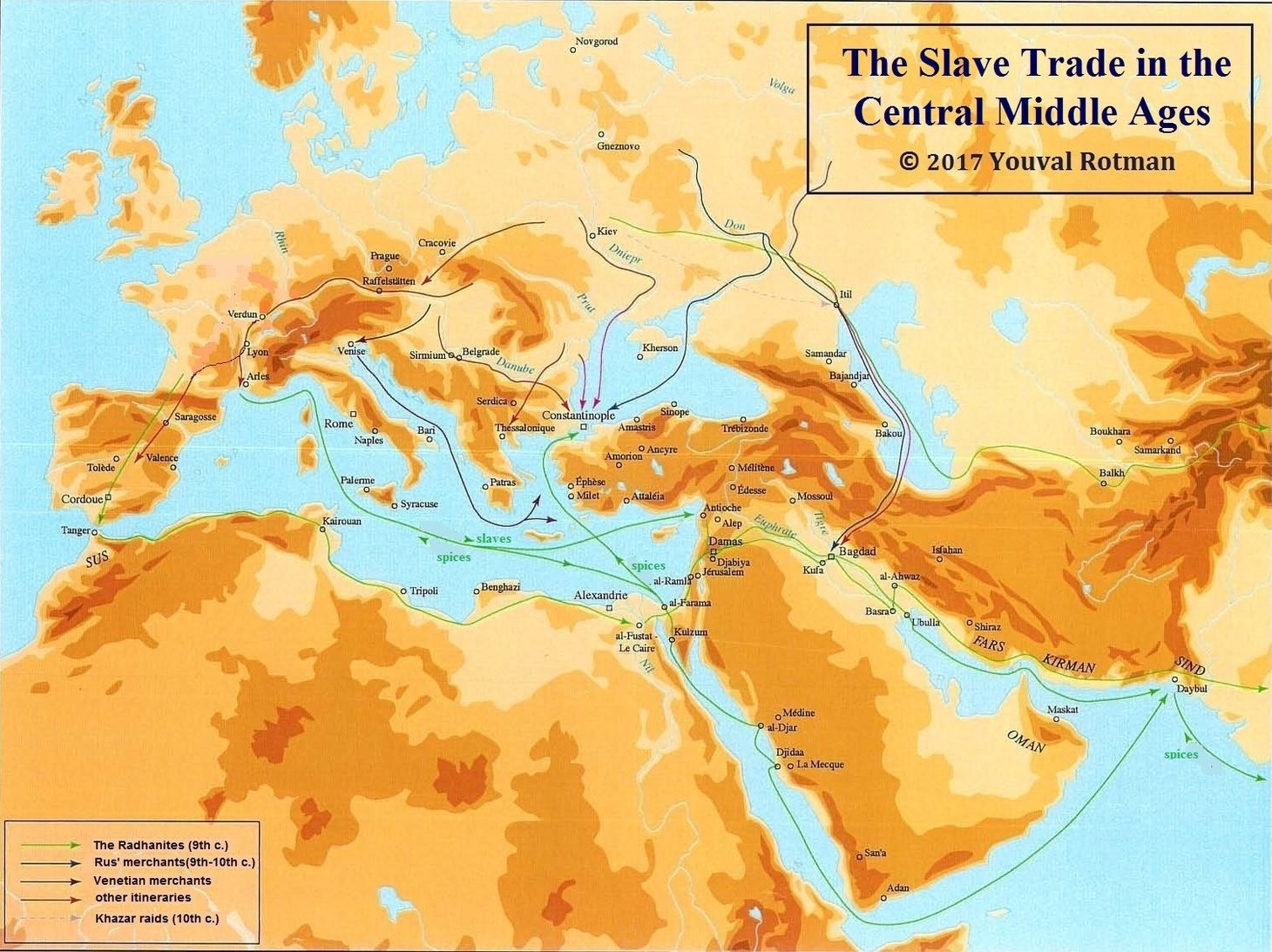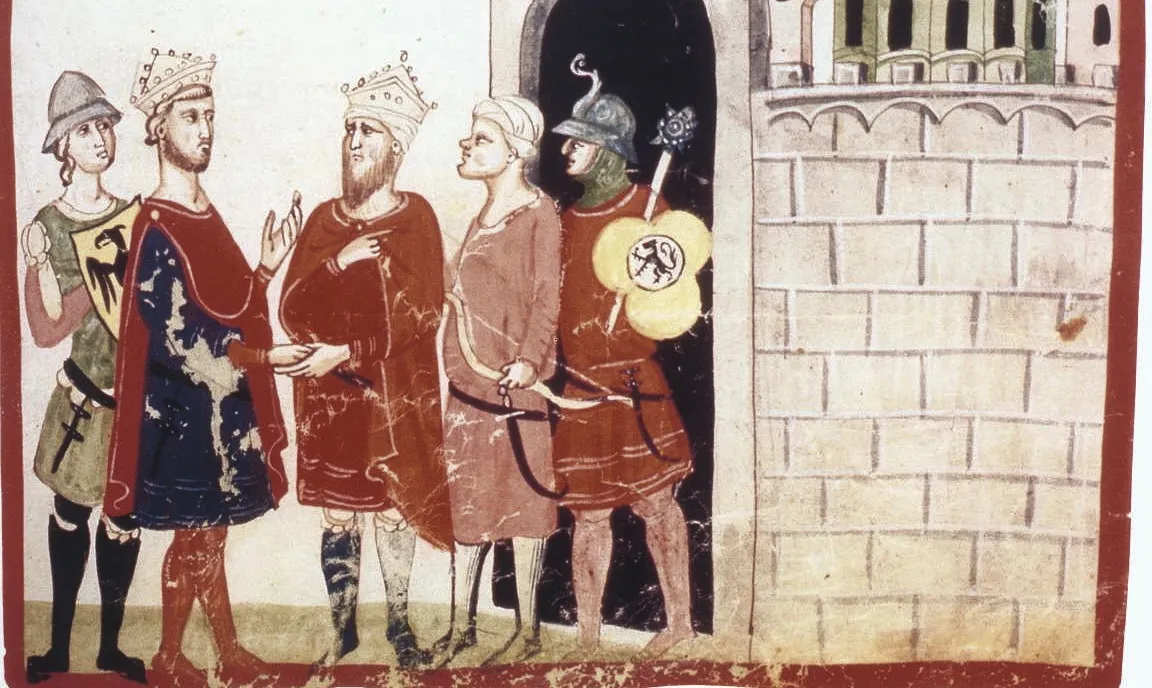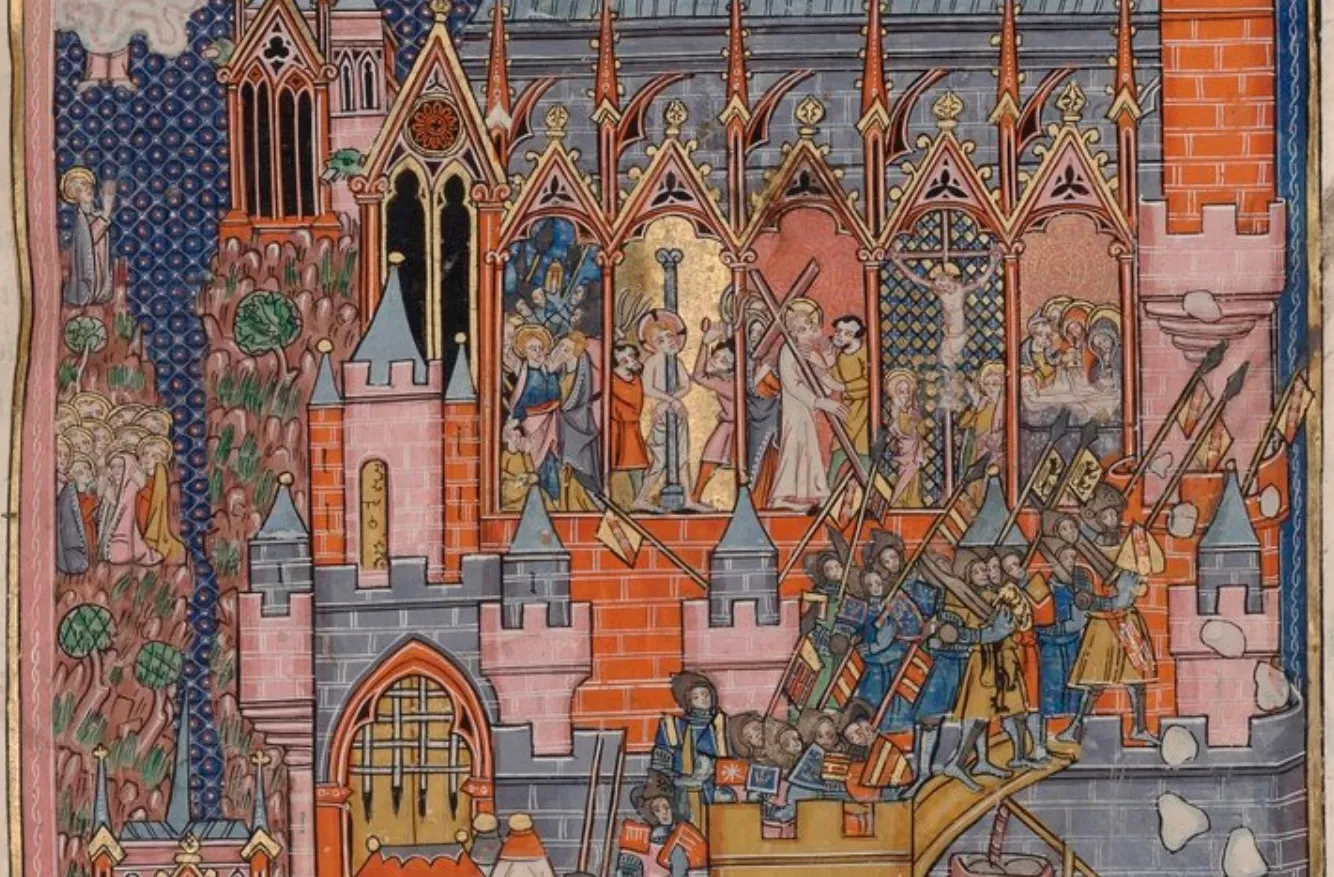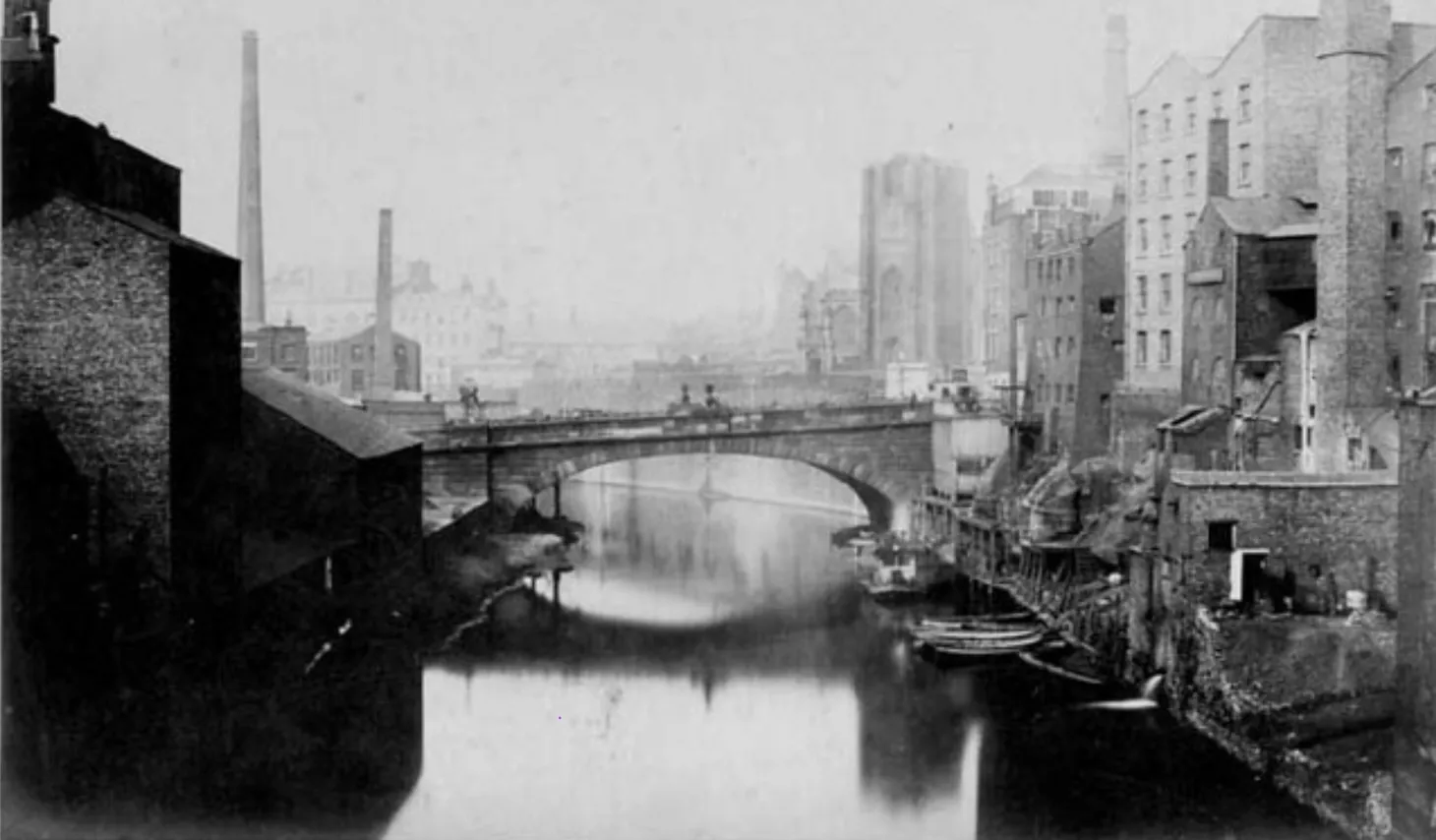From Dublin to Shandong: Slavery and Slaving in Afroeurasia before 1400 C.E.
A discussion of how to provide some historical context of Afroeurasian slavery to help students understand the Transatlantic slave system.

One of the challenges in helping students make sense of the transatlantic slave system is that they often are not familiar with the institution of slavery and the practice of slaving before the development of the system. Even worse, students sometimes project their preconceived ideas about slavery in the Americas back onto this earlier period. To remedy this issue, I find it helpful to spend a class period helping students understand slavery and slaving in Afroeurasia before 1400 C.E. Given the piecemeal nature of the primary sources and the sometimes overly legal language in which they were written, I rely more heavily on secondary source excerpts and maps to make sense of late medieval slavery in Afroeurasia. By seeing the prevalence of slavery across the region and understanding the different ways in which slavery was practiced, students are better able to understand how the development of the transatlantic slave system represented a significant break in the institution of slavery.
Making Sense of Medieval Slavery
Before discussing the transatlantic slave system in class, I will ask students if they know where the word “slave” comes from. Occasionally some high school students will know it, but many don’t. When I explain that “slave” is derived from “Slav,” many students still don’t know who the Slavic peoples were or where they come from. This simple exercise is a great way to understand the more extensive history of slavery.
I have used Susan Whitfield’s brief essay “Slaves on the Silk Road” for a few years to introduce the topic. The essay is derived from her larger book Silk, Slaves, and Stupas: Material Culture on the Silk Road. The essay includes primary source excerpts, presents a clear picture of the extensive reach of slavery in Afroeurasia, discusses the variety of enslaved peoples, and identifies the different jobs enslaved peoples were used for. I will often ask students to highlight two critical quotes in the essay and share why they chose those quotes with the rest of the class. Students frequently chose the quote “Slave markets were found across the whole of the Silk Road, from Dublin on the shores of the Atlantic to Shandong on the Pacific.” This quote highlights that slavery was not unique to Africa but was something all peoples in Afroeurasia practiced.
This content is for Paid Members
Unlock full access to Liberating Narratives and see the entire library of members-only content.
SubscribeAlready have an account? Log in



